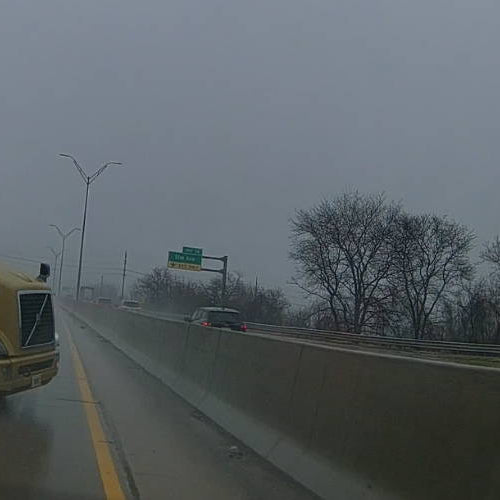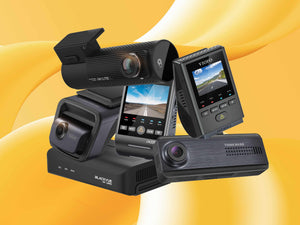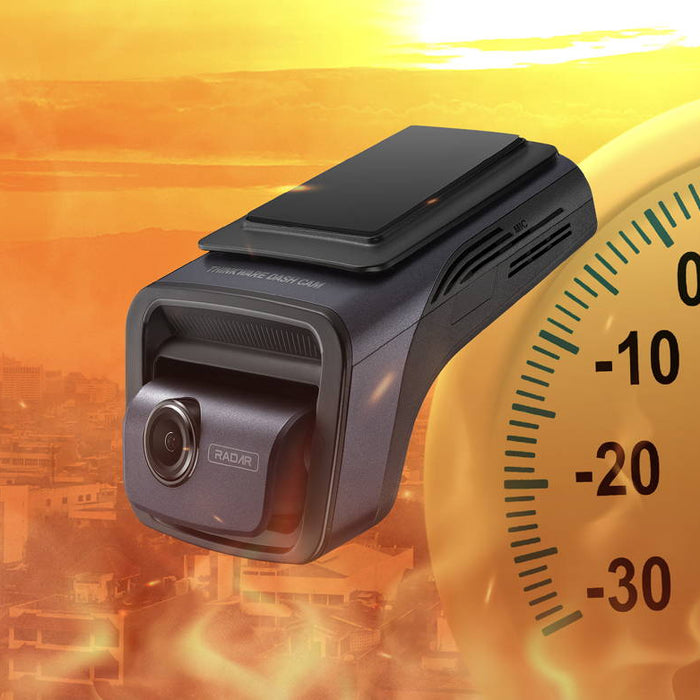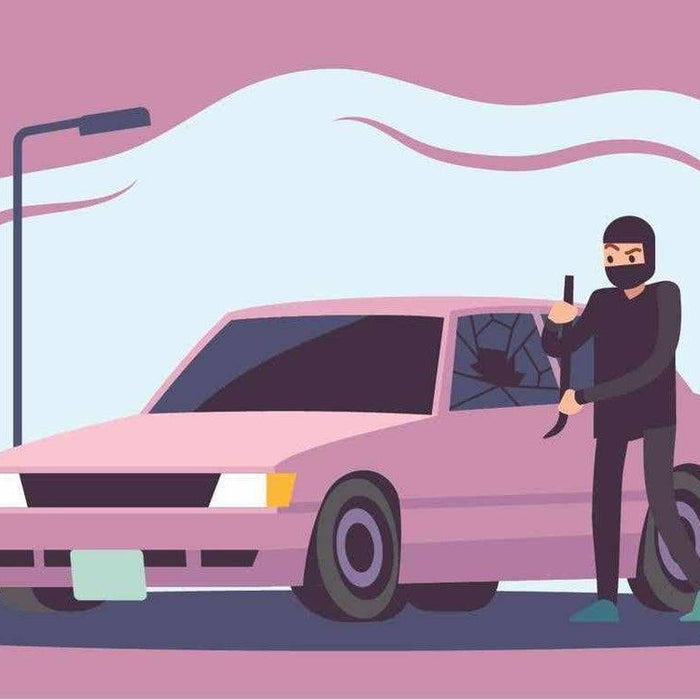Depending on a severity of the accident you are involved in - if you are caught leaving the scene of an accident you may be charged under the Criminal Code of Canada, or under provincial legislation, such as the Highway Traffic Act in Ontario and Alberta, or the Motor Vehicle Act in British Columbia.
When a driver is charged through the Highway Traffic Act it’s typically for a failure to remain at the scene of the accident and is generally processed as a traffic ticket. This is usually applicable when the driver hits someone’s car in a parking lot, or if the driver hits another car while they are driving and just keeps going.
Penalty under the Highway Traffic Act:
- A fine not less than four hundred (400) dollars and not more than two thousand.(2000.00) dollars.
- Imprisonment of up to 6 months.
- Seven (7) demerit points.
- Mandatory thirty day licence suspensions for novice drivers
- Possible licence suspension for up to two (2) years.
Criminal Code hit and run charges are mostly applied when the accident involves a pedestrian or cyclist. This is also the type of hit and run offence that could leave you the victim with serious injuries, from broken bones to paralysis or even death. If a driver is charged through the Criminal Code, it’s considered a criminal offence.
Penalty under the Criminal Code of Canada:
- Jail up to five years for serious offences/incidents
- Licence suspension prohibition for one (1) to three (3) years
- Criminal Record for Life
- Possible Fine
- Possible Probations, restitution or other conditions





